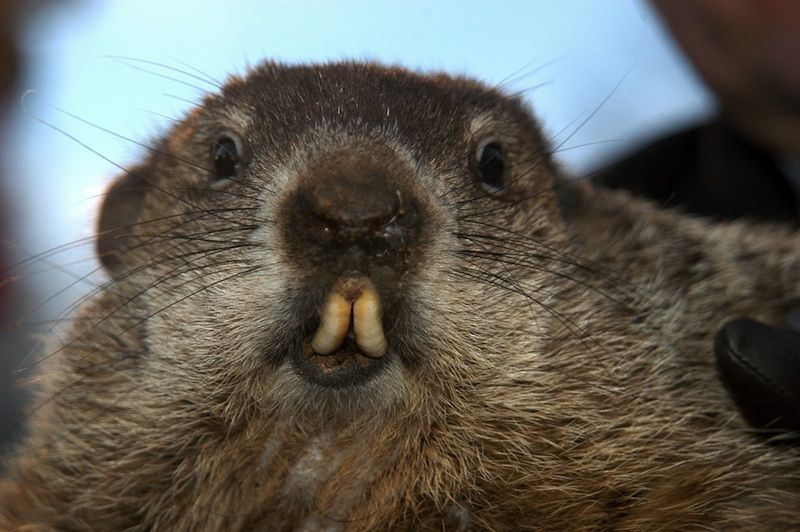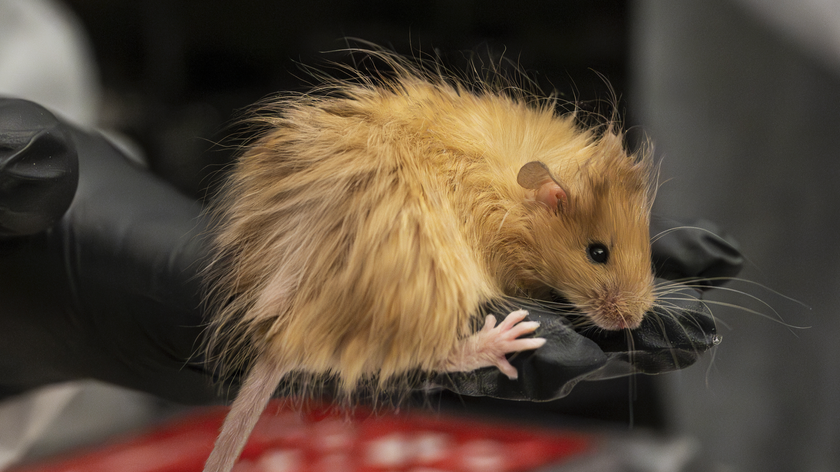Groundhog Day: Phil's Myth Stretches Back Centuries

On Thursday, a roly-poly rodent named Punxsutawney Phil will be hoisted from his burrow in front of TV cameras and cheering crowds and be called upon to predict the weather. If this famous groundhog casts a shadow, legend has it that winter is here to stay for six more weeks.
Weird tradition, huh?
In fact, relying on rodents as forecasters may date back to the early days of Christianity in Europe, when clear skies on Candlemas Day (Feb. 2) were said to herald cold weather ahead. In Germany, the tradition morphed into a myth that if the sun came out on Candlemas, a hedgehog would cast its shadow, predicting snow all the way into May. When German immigrants settled in Pennsylvania, they transferred the tradition onto local fauna, replacing hedgehogs with groundhogs.
Groundhog Day is now kept alive by the Punxsutawney Groundhog Club, whose members care for Punxsutawney Phil year-round. (Phil lives in an enclosure in the Punxsutawney Memorial Library along with several other groundhogs.) Every year, the Groundhog Club rises early with their charge and takes him to a local hillside, Gobbler's Knob, for the weather-prediction ceremony.
This year will be Phil's 126th prognostication. (The Club is tight-lipped about how many groundhogs have taken on the forecasting role over the decades, but marmots in captivity normally live about 10 years.)
Phil's supporters insist that he's preternaturally accurate at predicting winter's duration, but statistics don't quite bear out that claim. According to the Groundhog Club's records, Phil has predicted 99 long winters and 15 early springs, with nine years of records lost. Those predictions have been right only 39 percent of the time — 36 percent if you look at post-1969 predictions, when weather records are more accurate.
"If Punxsutawney Phil is right 39 percent of the time, that's much, much worse than a climatological prediction,” Tim Roche, a meteorologist at Weather Underground told LiveScience's sister site Life's Little Mysteries. "Even if you flip a coin, you'll still be right close to half of the time – that's a 50 percent accuracy rate. So you'll be better off flipping a coin than going by the groundhog's predictions."
Sign up for the Live Science daily newsletter now
Get the world’s most fascinating discoveries delivered straight to your inbox.
Maybe so, but a coin wouldn't be nearly as cute.
You can follow LiveScience senior writer Stephanie Pappas on Twitter @sipappas. Follow LiveScience for the latest in science news and discoveries on Twitter @livescience and on Facebook.

Stephanie Pappas is a contributing writer for Live Science, covering topics ranging from geoscience to archaeology to the human brain and behavior. She was previously a senior writer for Live Science but is now a freelancer based in Denver, Colorado, and regularly contributes to Scientific American and The Monitor, the monthly magazine of the American Psychological Association. Stephanie received a bachelor's degree in psychology from the University of South Carolina and a graduate certificate in science communication from the University of California, Santa Cruz.











